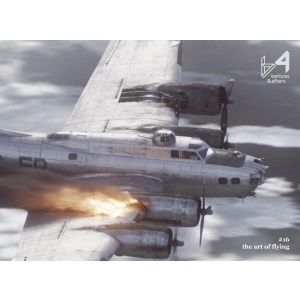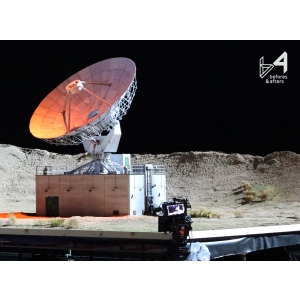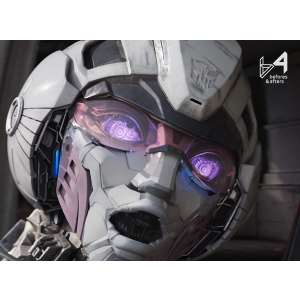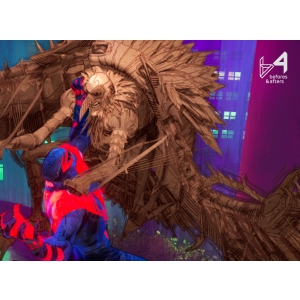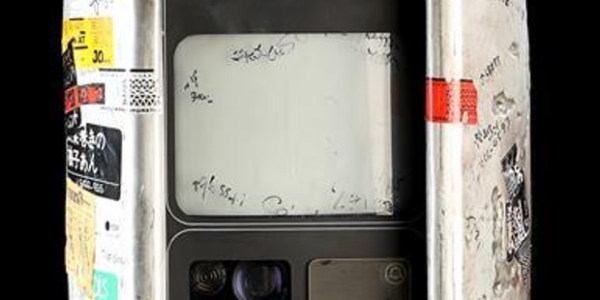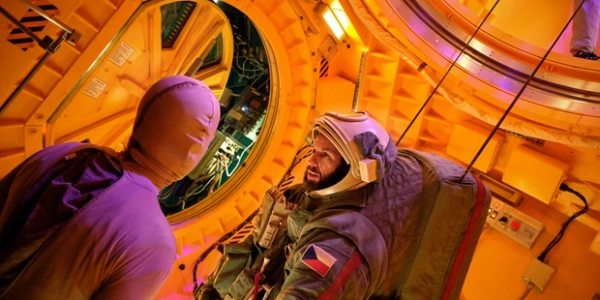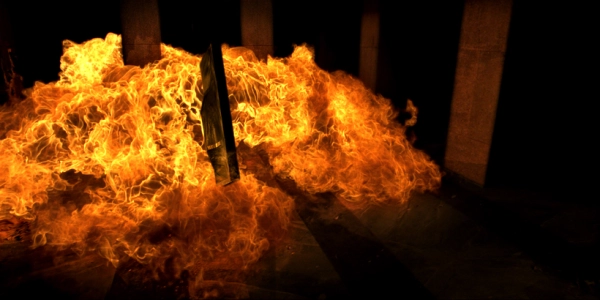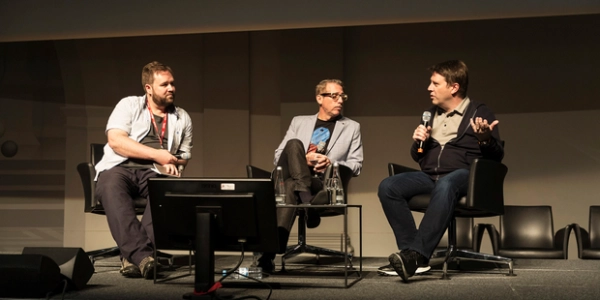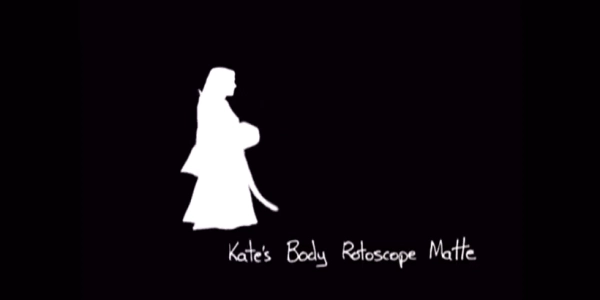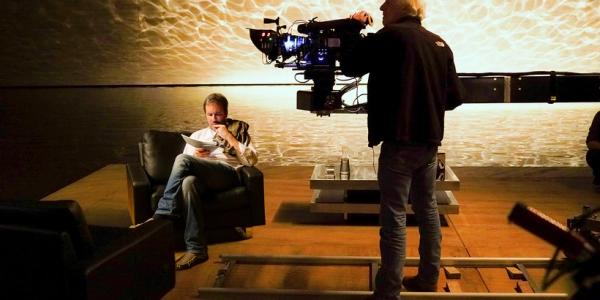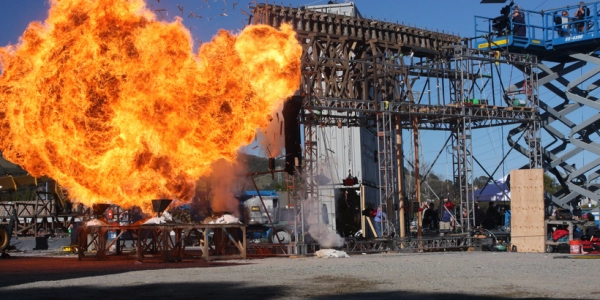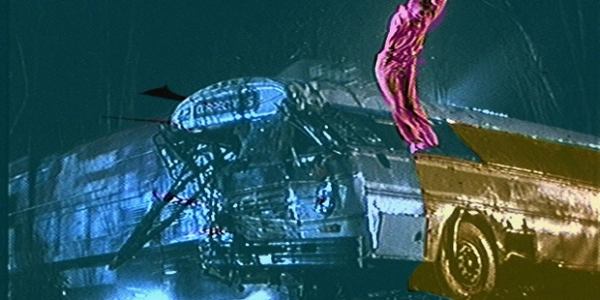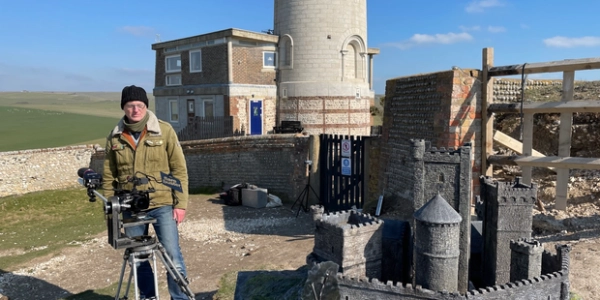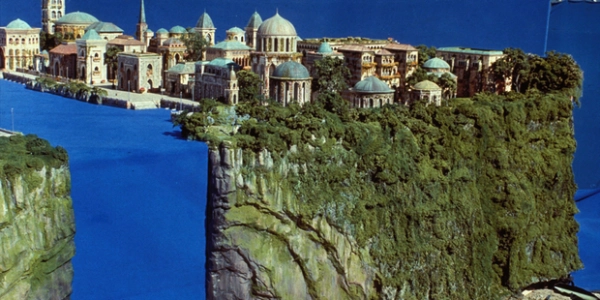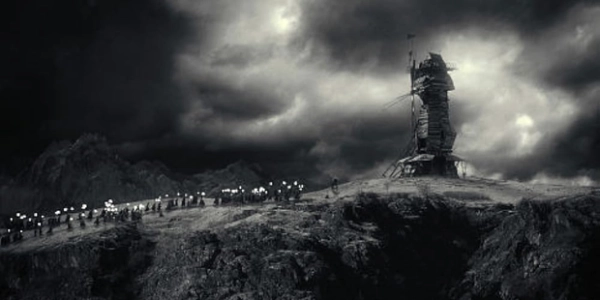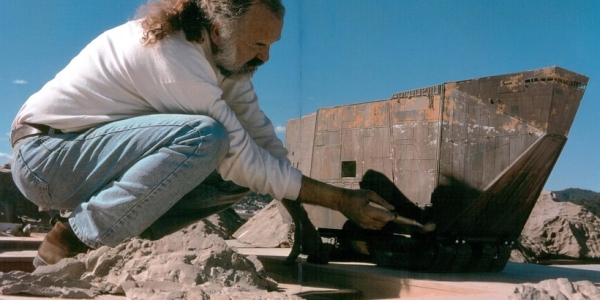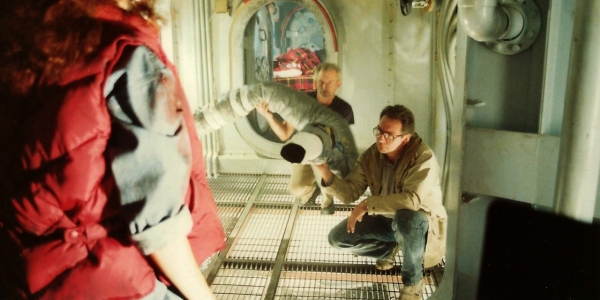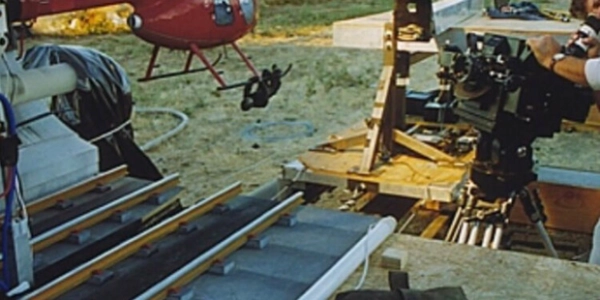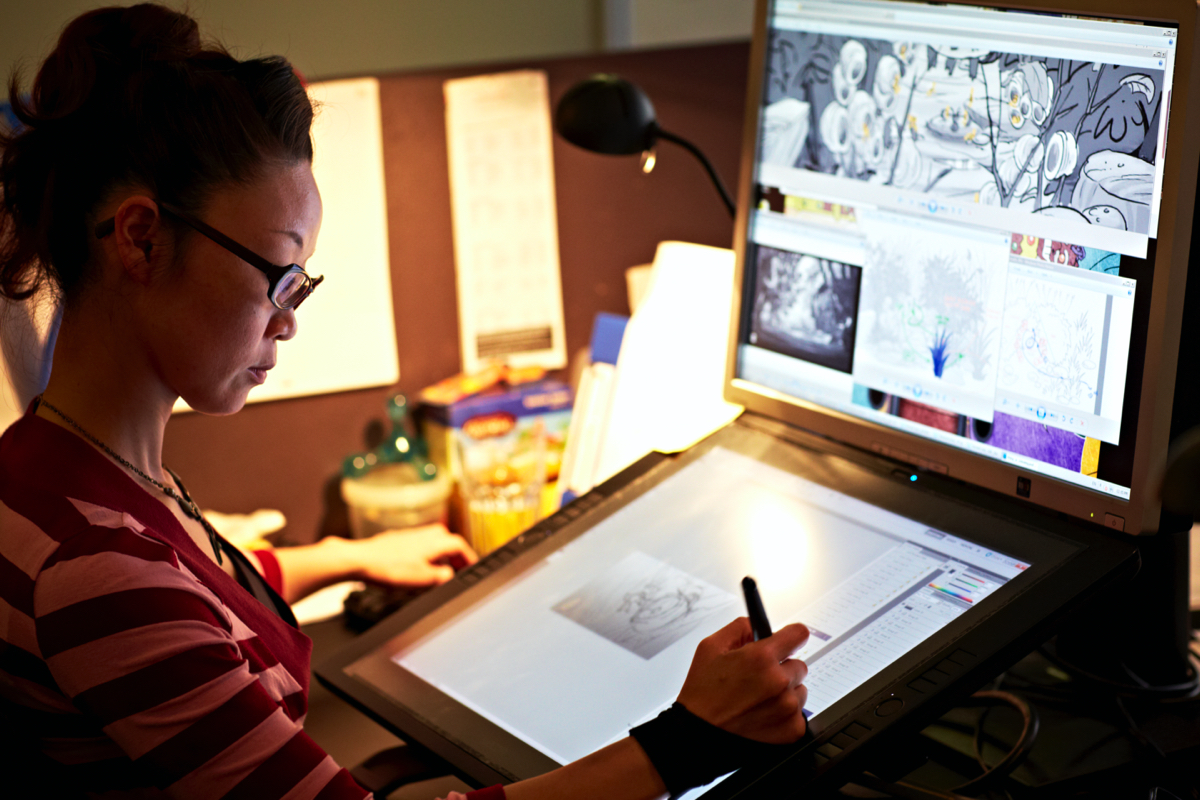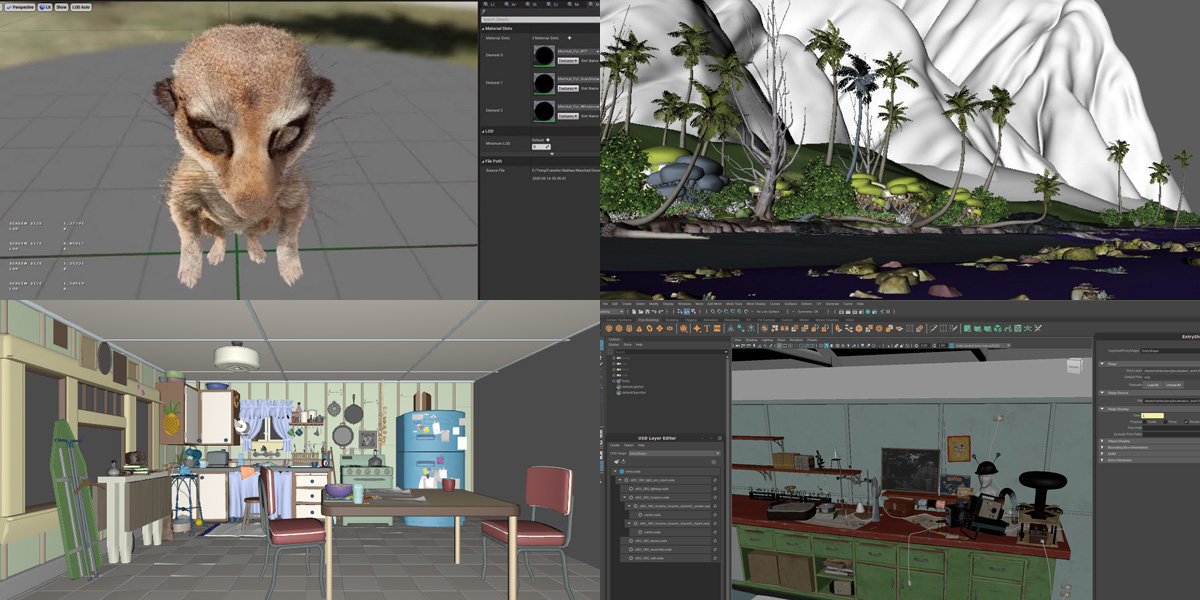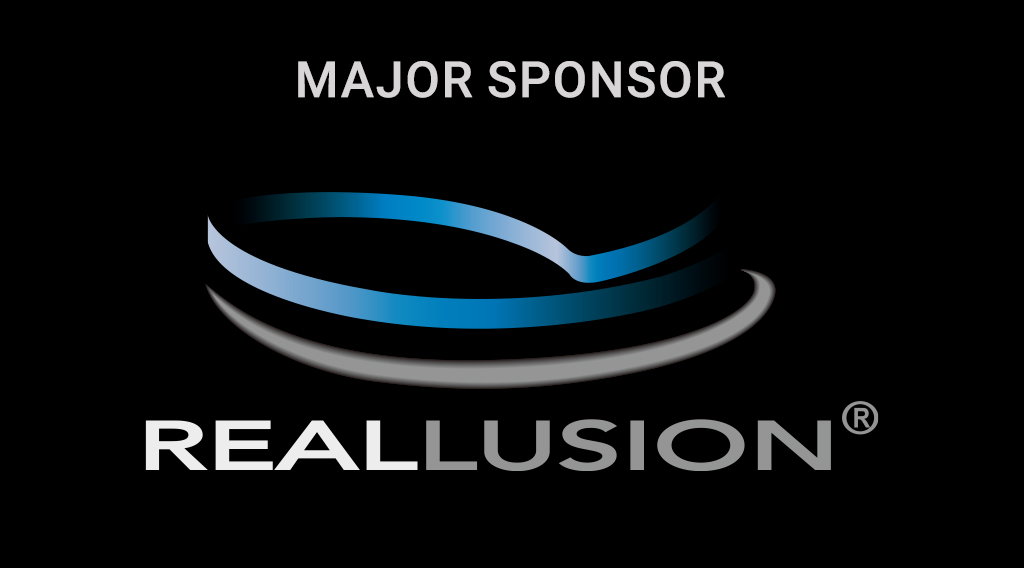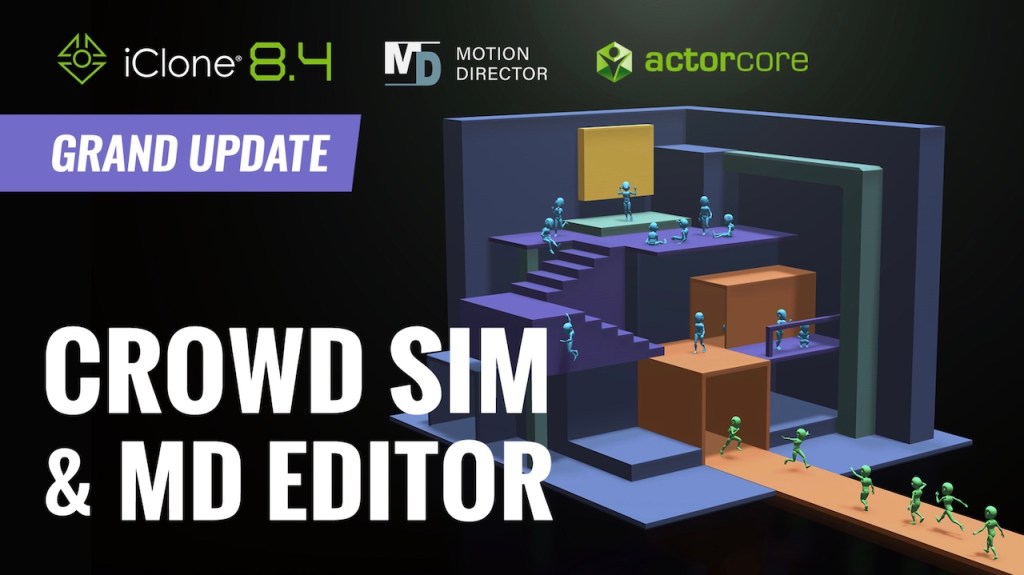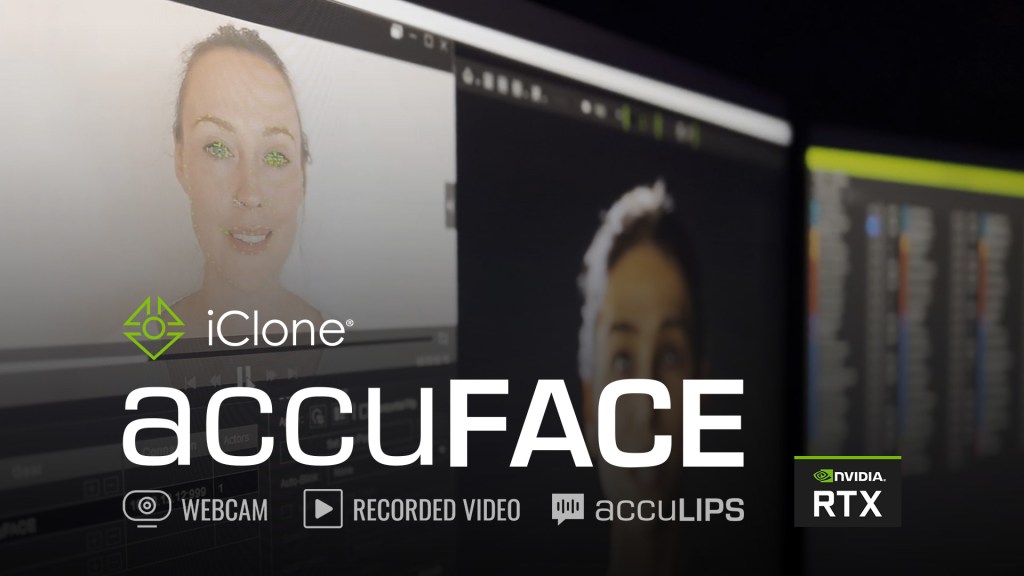How Animal Logic implemented a new toolset for rig deformation on ‘DC League of Super-Pets’.
When Animal Logic began working on the animated feature, DC League of Super-Pets, the studio quickly realized that the more ‘2D feel’ of the character designs and somewhat squash-and-stretch nature of the project would require a change to their rigging approach.
The idea was to give animators more flexibility in pushing rigs past their intended range of motion, particularly to match desired poses from the filmmakers and accommodate more comical, super-hero or stylized moments with the characters. This was to occur within normal animation workflows, but without having to necessarily send character assets back into modeling and rigging.
The result was a new shot sculpting toolset that allowed for sculpting of characters for specific scenes, or to sculpt bulging muscles or give rigid props extra animation.
This is an excerpt from issue #9 of befores & afters magazine, which is a full issue on feature animation.
A quick history
For many years, Animal Logic was an ‘XSI house’, with a pipeline built around Softimage XSI, including on The LEGO Movies produced by the studio. When Autodesk retired XSI, the studio began development of a new pipeline based on Maya.
“We built a new heavily USD-based pipeline from scratch, within Maya for animation and rigging,” explains Animal Logic R&D engineering manager Valérie Bernard. “However, even then the focus remained on realism, such as the CG characters for the Peter Rabbit films. For rigging, there was a lot of emphasis on mostly skin and blend shapes. Then, Super-Pets came around and suddenly it was more of a traditional squash and stretch-based film, which we hadn’t really done before.”
“All of our VFX rigs tended to have locked off scale nodes,” adds Animal Logic animation supervisor David Burgess. “You couldn’t squash or stretch or scale. Everything is what it is. The only way you can go past that is to put post-shape deformers on there, which is an extra layer and it gets super, super complicated.”

The need for a solution
In addition to the desire to allow for animators to shot sculpt on an existing rig for Super-Pets, many of the creative requirements for a new approach to rigging and animation came from draw-overs made during the notes process with the directors on the film. Animal Logic wanted a way to match the silhouette of their CG character to the particular draw-over, which often harked back to the initial early concepts.
Effectively, this involved ‘breaking’ the rigs so that the characters could be taken off-model where needed. But it was more than that. Those tasks are more often than not things done by sending the model back to rigging, or handing it to the character effects (CFX) department to deal with mesh deformation and sculpting, since animation does not usually have tools to manipulate the mesh beyond the rig controls.
Instead, Animal Logic developed a shot sculpting toolset to, as Bernard explains, “give animators the freedom to be able to do things that weren’t really quite expected of the rig. It was about growing the rigging toolset and putting it in the hands of animators.”
“One of the great examples of where it was used was for PB the pig when she grows in the car,” continues Bernard. “She gets smooshed by the car and it’s really not something that we’d want rigging to spend time on because it would require a very specific rig just for a few shots. So this is where we put the tools in the hands of animation to be able to do wacky things that are really just one-offs.”
Another example was Whiskers the cat. The character was only in a few scenes of the film, i.e. her rig was not a hero rig. This meant that animators could use the shot sculpting toolset to ‘plus’ the rig. “The animators were able to get her to look so appealing” marvels Burgess. “They really pushed the look, especially when she’s fighting the Super Pets with her super-powers. She’s totally adorable, and she did not look that way in the pre-sculpting pass.”



